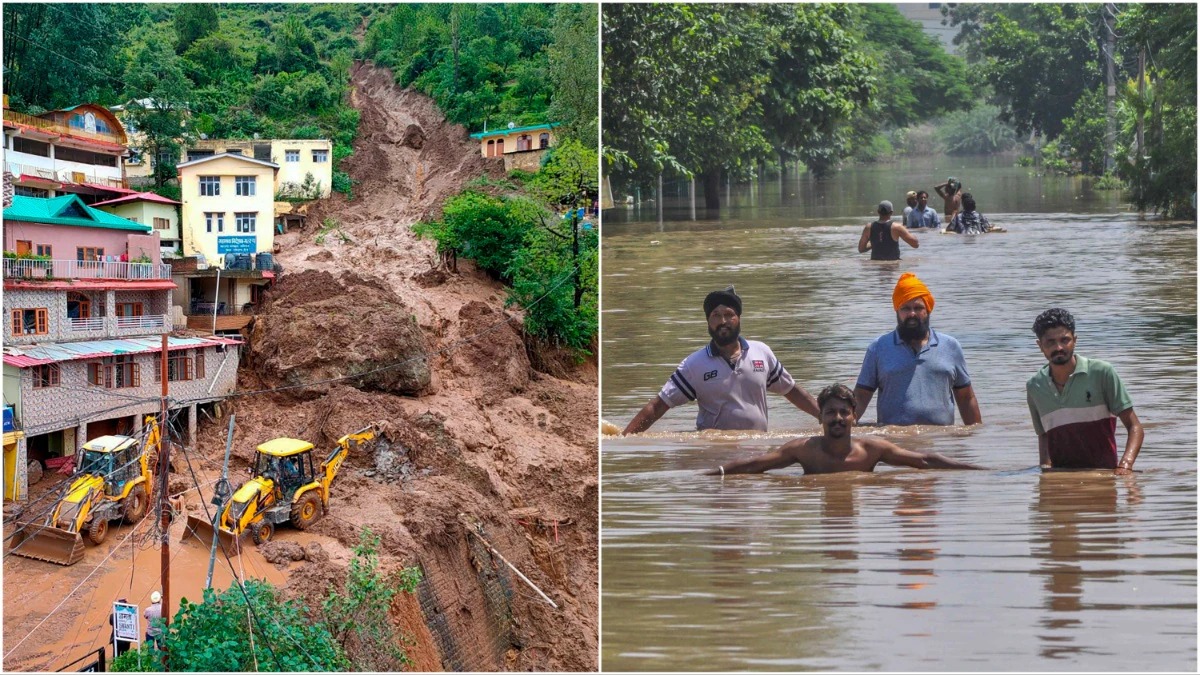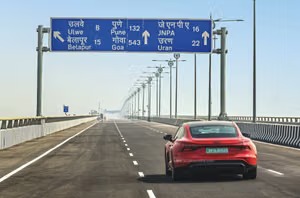
Follow WOWNEWS 24x7 on:

India’s weather lately has been confusing—while parts of the country are battling intense floods and rain-related disasters, overall, the nation is facing a heavy rainfall deficit. It may sound contradictory, but this gap between localized downpours and broader dry spells reflects more complex weather patterns and climate changes.
Key Takeaways On India’s Rainfall Paradox
Even as cities like Mumbai, Kerala, and Odisha experience severe floods, large regions across northeastern India and parts of northern India are significantly behind normal rainfall.
States such as Meghalaya, Arunachal Pradesh, Bihar, Assam, and Sikkim show deficits of 30-50%, with Meghalaya facing an unusually severe shortfall despite being one of the wettest areas on earth.
This uneven distribution leads to crop damage, water shortages, and challenges in urban infrastructure management.
The early monsoon onset and quick spread added more strain on urban systems unprepared for heavy bursts of rain.
Human-made factors like unplanned urbanization, poor drainage, and shrinking natural water channels worsen the impact of erratic rainfall.
Climate change disrupts historic monsoon patterns, making rains more erratic and extreme rain events more frequent.
Long-term projections show some traditionally dry regions getting wetter and some wet regions becoming drier, complicating water management strategies.
How Localized Floods Occur Amid Wider Deficits
Major cities often suffer from floods due to sudden and intense rainfall within short periods. Mumbai, for instance, broke rainfall records in single days triggering severe urban flooding. But other parts of the country see scanty rains or delayed monsoons, meaning the aggregated rainfall across India is still below the long-term average.
This contrast occurs because monsoons and rains are regional phenomena influenced by geography, prevailing winds, ocean temperatures, and land use changes, all affected by climate shifts.
The Role Of Climate Change And Urban Planning
India’s rapidly changing climate is shifting the timing and intensity of rain events. Scientists note that human activities have increased the frequency of extreme rainfalls and prolonged drought-like shortages elsewhere. Simultaneously, explosive urbanization without adequate infrastructure—like drainage and water recharge systems—turns heavy rains into floods rather than beneficial groundwater replenishment.
What This Means For Agriculture And Water Resources
Farmers in rain-deficit states face crop stress and reduced yields, threatening food security and rural livelihoods. Urban water supplies also suffer, putting pressure on residents and industries. Effective planning for water conservation, flood control, and sustainable urban growth becomes critical under these shifting patterns.
Outlook And Preparedness
Meteorological departments keep issuing periodic forecasts emphasizing the unpredictability of monsoon rains. Improving weather prediction, investing in flood-resistant infrastructure, and promoting water-efficient agriculture can reduce risks. Public awareness and proactive governance are equally important to prepare for this new rainfall reality.
Summing Up
India’s rainfall story in 2025 is one of contrasts—a country grappling simultaneously with too much rain in some regions and too little in others. Navigating this paradox requires understanding the changing climate dynamics and addressing human factors to protect lives, livelihoods, and resources.
Sources: Indian Express, Times of India, BBC, NDTV, Weather and Radar India, India Today




